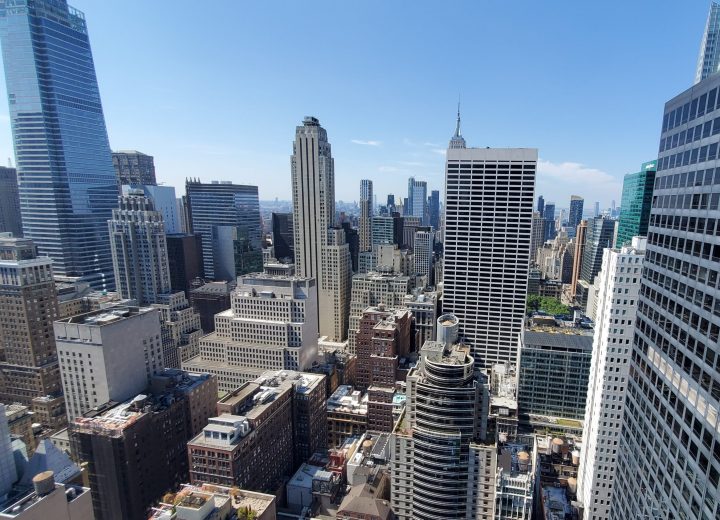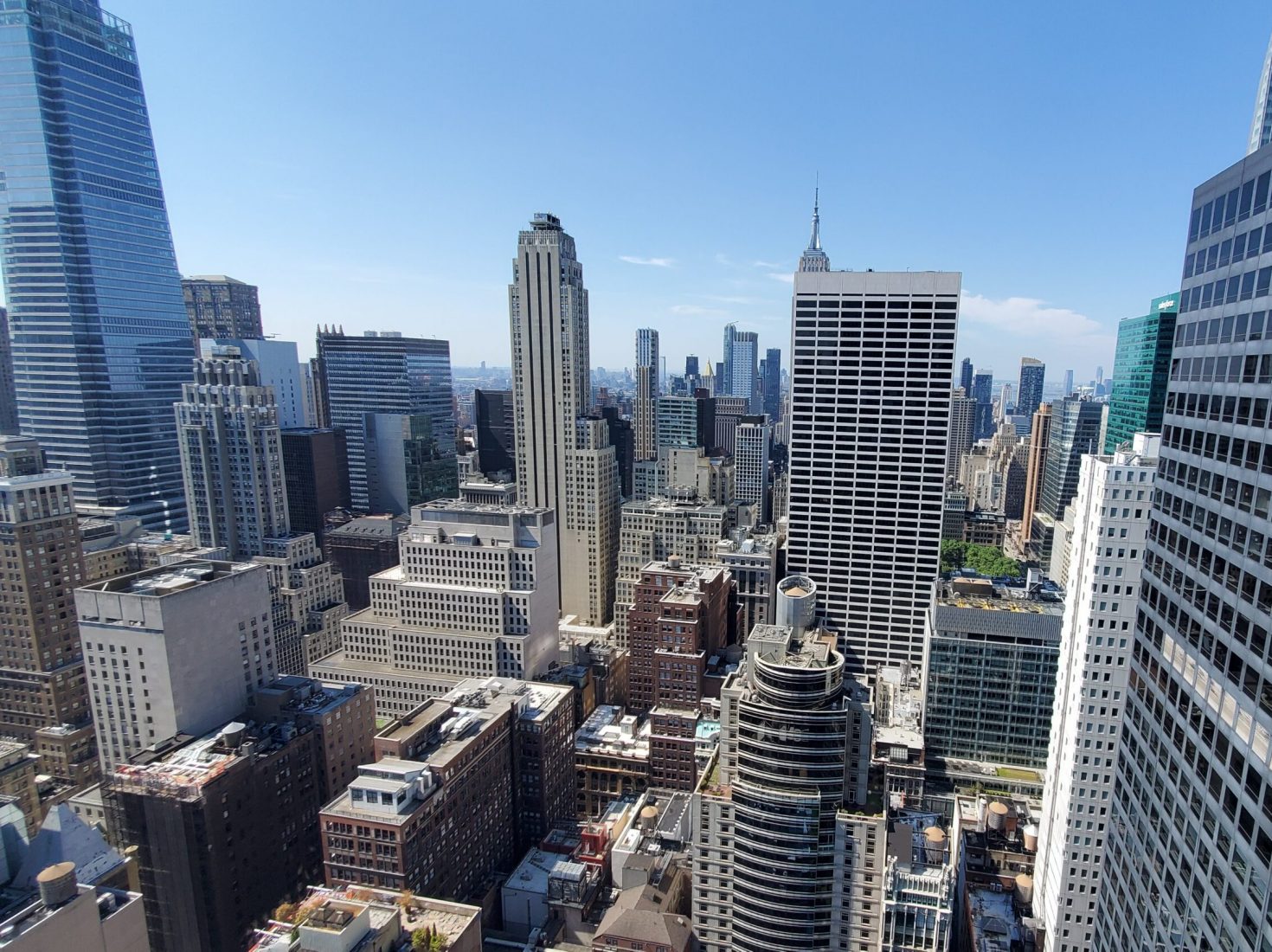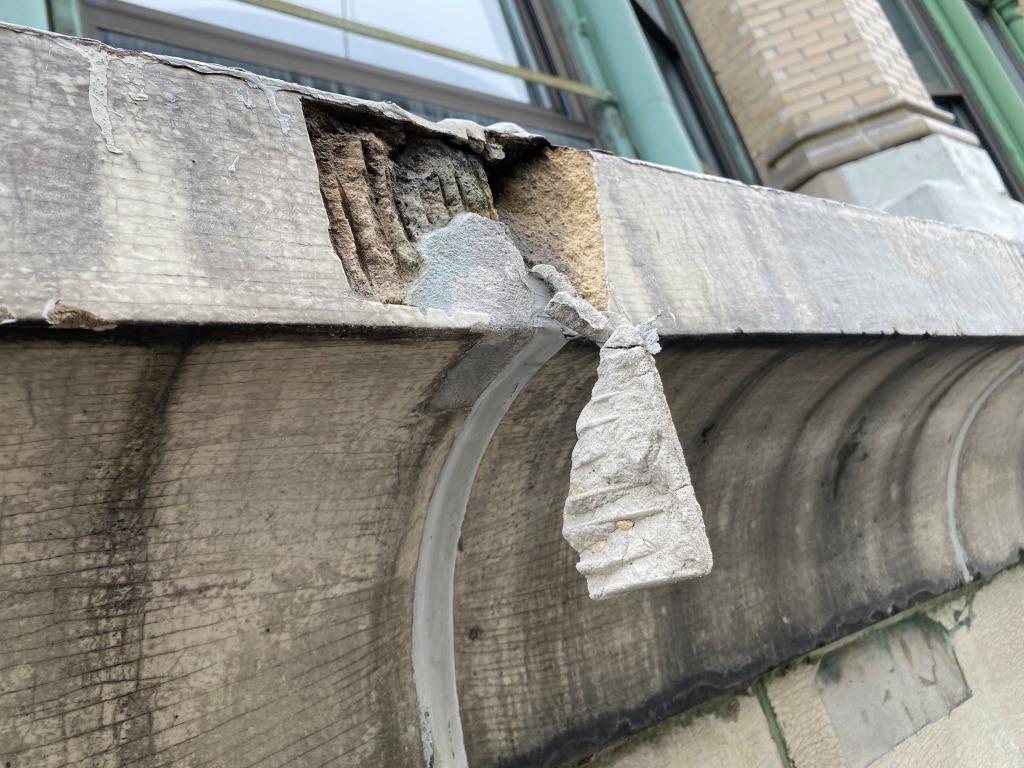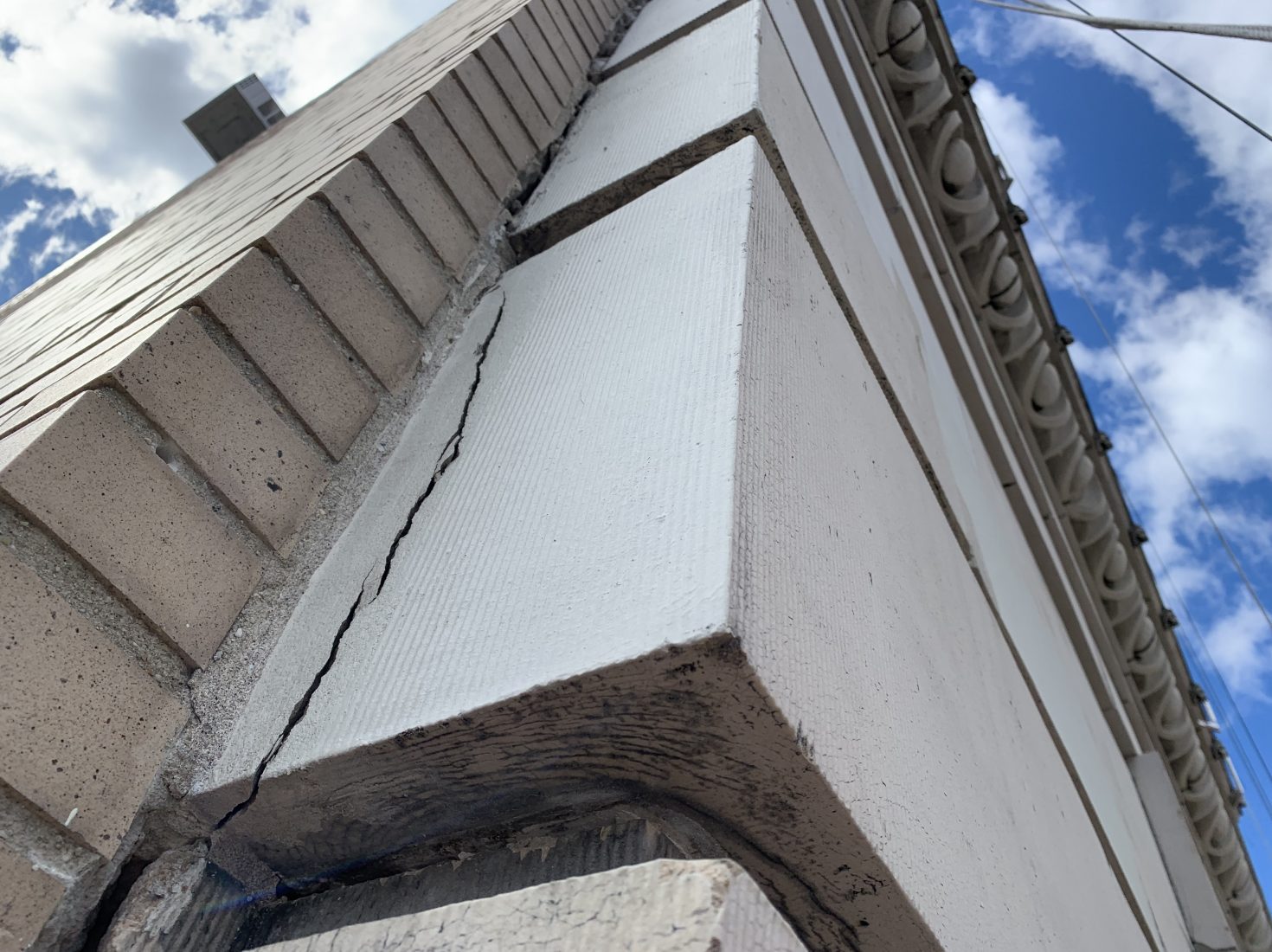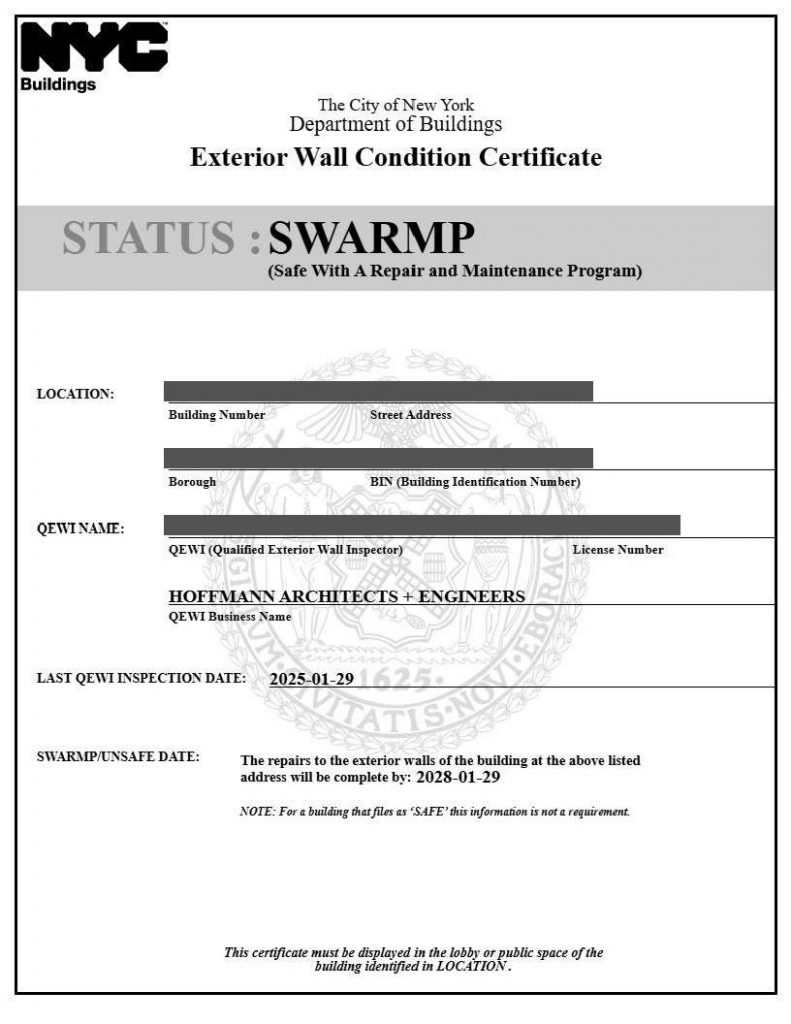What to Know for Cycle 10 of the NYC Facade Inspection and Safety Program
Note: New “Get Sheds Down” legislation will impact FISP Cycle 10 and beyond. Learn More ➡
This year marks the start of a new five-year filing cycle for New York City’s Facade Inspection and Safety Program (FISP). Fortunately, Cycle 10 presents building owners few new hurdles, and even offers relief to owners who may have fallen behind.
FISP Refresher
Preceded only by Chicago’s 1978 law, which was later repealed, New York’s facade initiative is one of the oldest and most robust in the nation. Launched with Local Law 10 of 1980, the rule was substantially updated in 1998 with Local Law 11, a moniker for the program that persists today, despite subsequent local laws that introduced further refinements.
A spate of accidents prompted new requirements for balcony and railing inspections in Cycles 7 and 8, as well as increased scrutiny of terra cotta facade elements. Staggered sub-cycles were introduced in Cycle 7 to help the City cope with the increasing volume of covered buildings (around 12,500 when the law was passed in 2007, and more than 16,000 today). Cycle 9 saw major changes, including new requirements for close-up inspections and cavity wall probes, along with more stringent penalties for noncompliance.
The essentials of the law remain largely intact. Under 1 RCNY §103-04, owners of buildings greater than six stories in height are required to file a Critical Examination Report evaluating the condition of facades and appurtenances with the New York City Department of Buildings (NYC DOB) every five years. Reports are due within two-year sub-cycles based on the last digit of the building’s block number. For Cycle 10, the sub-cycle filing windows are as follows:
| NYC Facade Inspection and Safety Program – Cycle 10 | ||
|---|---|---|
| Sub-cycle | Last digit of block number | Filing period |
| 10A | 4, 5, 6, 9 | 21 Feb 2025 – 21 Feb 2027 |
| 10B | 0, 7, 8 | 21 Feb 2026 – 21 Feb 2028 |
| 10C | 1, 2, 3 | 21 Feb 2027 – 21 Feb 2029 |
Not sure of a building’s block number? The DOB NOW Portal has this information available to the public, along with past FISP and other compliance filings, violations, and additional records.
Each cycle, a Qualified Exterior Wall Inspector (QEWI) certified by the NYC DOB must oversee the Critical Examination and determine whether the exterior wall assemblies are Safe, Unsafe, or Safe with a Repair and Maintenance Program (SWARMP). A condition that will require repair or maintenance within the next five years is considered SWARMP, unless it requires remediation within a year, in which case it must be deemed Unsafe.
Note that the same condition at the same location cannot be classified as SWARMP in consecutive filing cycles. If it was SWARMP in Cycle 9 and hasn’t been corrected, it will be considered Unsafe in Cycle 10.
